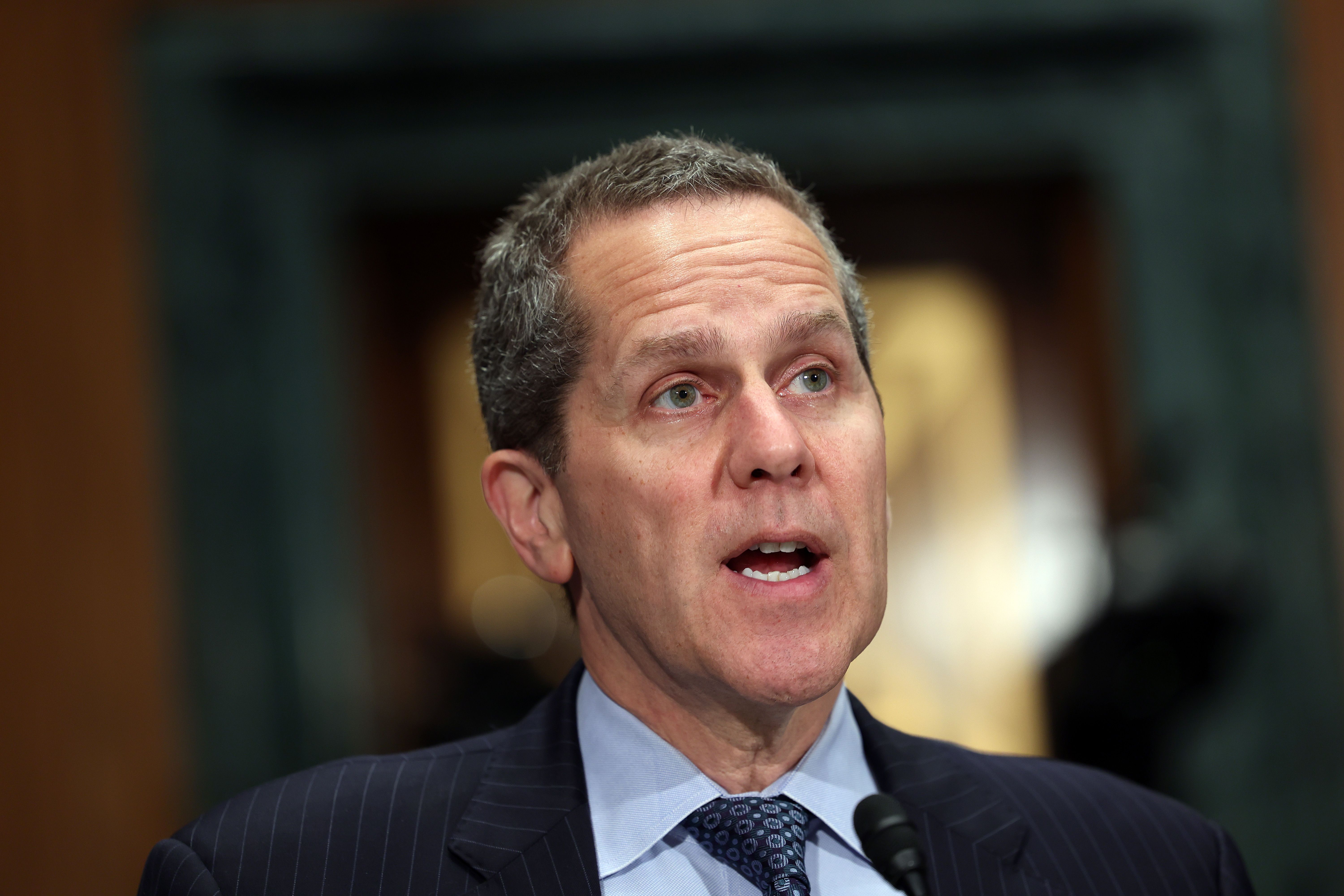The 13% gains in the six days leading to Sept. 12 brought the total crypto market capitalization closer to $1.1 trillion, but this was not enough to break the descending trend. As a result, the overall trend for the past 55 days has been bearish, with the latest support test on Sept. 7 at a $950 billion total market cap.
An improvement in traditional markets has accompanied the recent 13% crypto market rally. The tech-heavy Nasdaq Composite Index gained 6.2% since Sept. 6 and WTI oil prices rallied 7.8% since Sept. 7. This data reinforces the high correlation versus traditional assets and places the spotlight on the importance of closely monitoring macroeconomic conditions.
The correlation metric ranges from a negative 1, meaning select markets move in opposite directions, to a positive 1, which reflects a perfectly symmetrical movement. A disparity or a lack of relationship between the two assets would be represented by 0.

As displayed above, the Nasdaq composite index and Bitcoin 50-day correlation currently stand at 0.74, which has been the norm throughout 2022.
The FED’s Sept. 21 decision will set the mood
Stock market investors are anxiously awaiting the Sept. 21 U.S. Federal Reserve meeting, where the central bank is expected to raise interest rates again. While the market consensus is a third consecutive 0.75 percentage point rate hike, investors are looking for signs that the economic tightening is fading away.
A report on the U.S. Consumer Price Index, a relevant inflation metric, is expected on Sept. 13 and on Sept. 15, investor attention will be glued to the U.S. retail sales and industrial production data.
Currently, the regulatory sentiment remains largely unfavorable, especially after the enforcement director for the United States Securities and Exchange Commission (SEC), Gurbir Grewal, said the financial regulator would continue to investigate and bring enforcement actions against crypto firms.
Altcoins rallied, but pro traders were resilient to leverage longs
Below are the winners and losers of last week’s total crypto market capitalization 8.3% gain to $1.08 trillion. Bitcoin (BTC) stood out with a 12.5% gain, which led its dominance rate to hit 41.3%, the highest since Aug. 9.

Terra (LUNA) jumped 107.7% after Terra approved a proposal on Sept. 9 for an additional airdrop of over 19 million LUNA tokens until Oct. 4.
RavenCoin (RVN) gained 65.8% after the network hash rate reached 5.7 TH per second, the highest level since January 2022.
Cosmos (ATOM) gained 24.6% after Crypto research firm Delphi Digital shifted the focus of its research and development arm to the Cosmos ecosystem on Sept. 8.
Even with these gains, a single week of positive performance is not enough to interpret how professional traders are positioned. Those interested in tracking whales and market markers should analyze derivatives markets. Perpetual contracts, also known as inverse swaps, have an embedded rate usually charged every eight hours. Exchanges use this fee to avoid exchange risk imbalances.
A positive funding rate indicates that longs (buyers) are demanding more leverage. However, the opposite situation occurs when shorts (sellers) require additional leverage, causing the funding rate to turn negative.

Perpetual contracts reflected a neutral sentiment as the accumulated funding rate was relatively flat in most cases. The only exceptions have been Ether (ETH) and Ether Classic (ETC), even though a 0.30% weekly cost to maintain a short (bear) position should not be deemed relevant. Moreover, those cases are likely related to the Ethereum Merge, the transition to a proof-of-stake network expected for Sept. 15.
Related: Glimpses of positive momentum in an overall bearish market?…
Read More: cointelegraph.com









 Bitcoin
Bitcoin  Ethereum
Ethereum  XRP
XRP  Tether
Tether  Solana
Solana  Dogecoin
Dogecoin  USDC
USDC  Cardano
Cardano  Lido Staked Ether
Lido Staked Ether  TRON
TRON  Avalanche
Avalanche  Wrapped stETH
Wrapped stETH  Sui
Sui  Chainlink
Chainlink  Toncoin
Toncoin  Shiba Inu
Shiba Inu  Stellar
Stellar  Wrapped Bitcoin
Wrapped Bitcoin  Hedera
Hedera  Polkadot
Polkadot  WETH
WETH  Bitcoin Cash
Bitcoin Cash  Uniswap
Uniswap  Pepe
Pepe  Litecoin
Litecoin  Hyperliquid
Hyperliquid  LEO Token
LEO Token  Wrapped eETH
Wrapped eETH  NEAR Protocol
NEAR Protocol  Ethena USDe
Ethena USDe  USDS
USDS  Internet Computer
Internet Computer  Aptos
Aptos  Aave
Aave  Render
Render  Mantle
Mantle  Bittensor
Bittensor  POL (ex-MATIC)
POL (ex-MATIC)  Cronos
Cronos  Ethereum Classic
Ethereum Classic  Artificial Superintelligence Alliance
Artificial Superintelligence Alliance  Virtuals Protocol
Virtuals Protocol  MANTRA
MANTRA  WhiteBIT Coin
WhiteBIT Coin  Arbitrum
Arbitrum  Monero
Monero  Tokenize Xchange
Tokenize Xchange